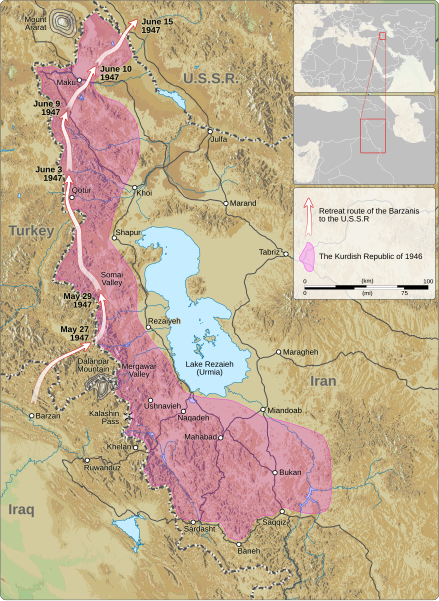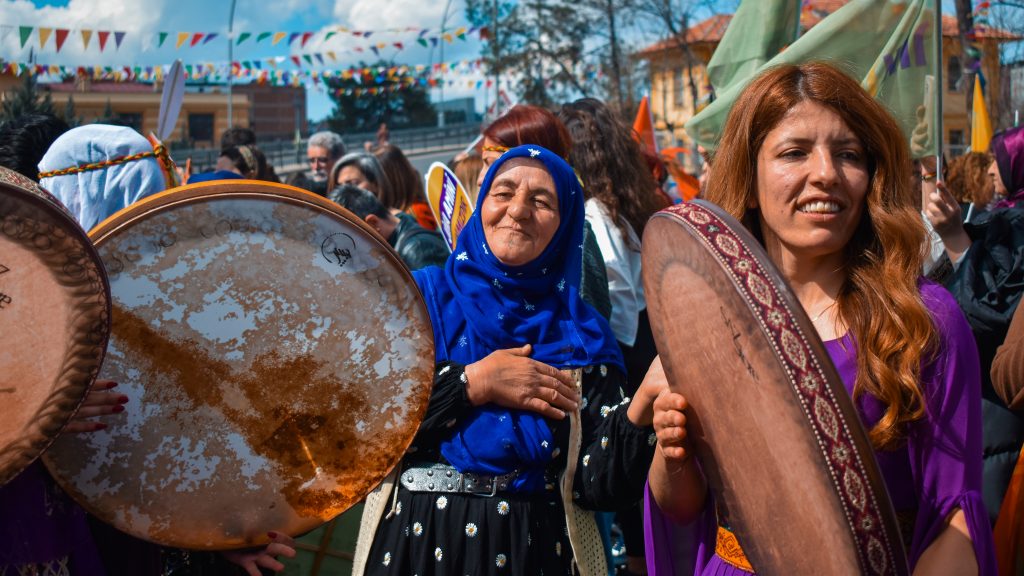How do the Kurds organize themselves?
The Kurds’ quest for autonomy or independence takes different forms, depending on the political situation in the country where they live.

Turkey
In Turkey, Kurdish independence aspirations are among the most intense, but also among the most severely repressed. For years, Turkish authorities pursued an assimilationist policy toward the Kurds, and their language and culture were banned. The situation began to change in the late 20th century, but the conflict between the Turkish government and the Kurdistan Workers’ Party (PKK) continues, despite various attempts at a truce. The PKK is a political and military organization that fights for greater rights for Kurds in Turkey, and for autonomy or independence.
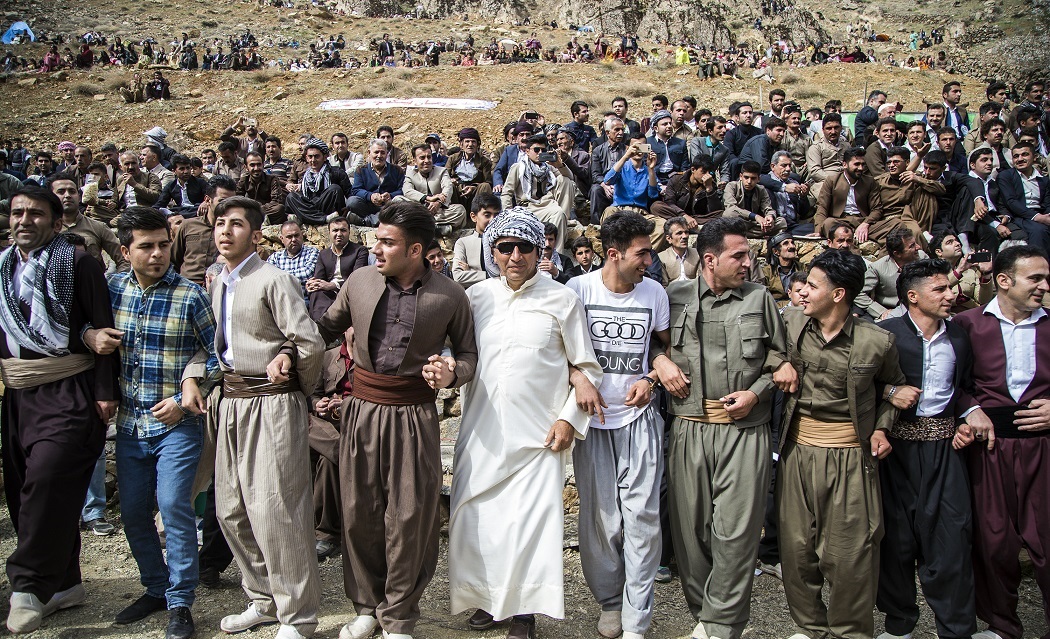
Iran
Kurds in Iran experience restrictions similar to those in Turkey. Their aspirations for autonomy are heavily controlled by Iranian authorities, and any attempts to organize politically or militarily are suppressed.
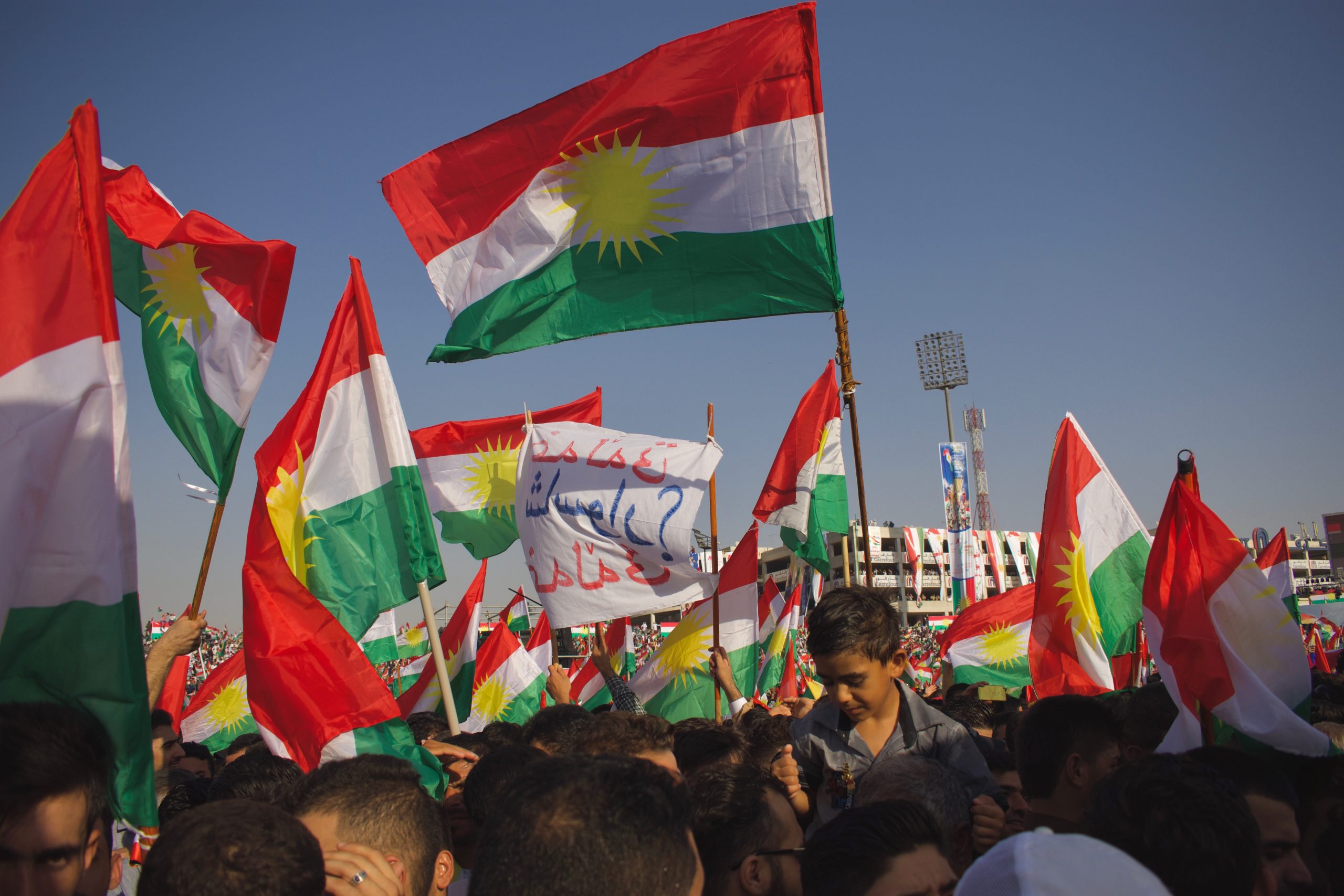
Iraq
The Kurdistan Region of Iraq is the most developed form of Kurdish autonomy. Since the fall of Saddam Hussein’s regime and the establishment of a new political system in Iraq, the Kurds in Iraqi Kurdistan have gained autonomy, have their own parliament, armed forces (Peshmerga) and control many resources, including oil.
A referendum on Kurdistan’s independence was held in 2017, with an overwhelming majority of voters supporting separation. However, the Iraqi government, as well as the international community, did not recognize the results of this referendum.
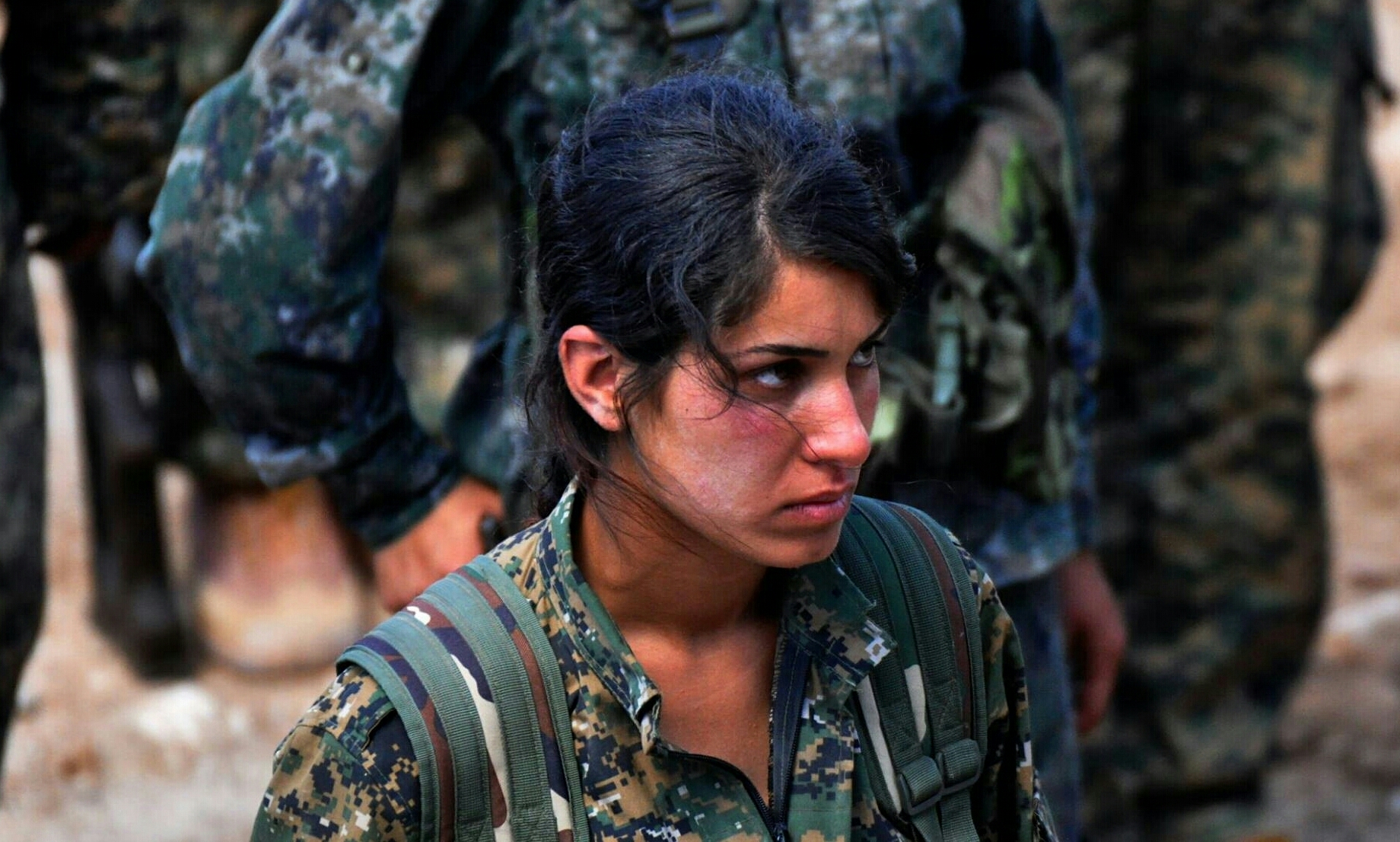
Syria
The armed conflict in Syria has given the Kurds the opportunity to take control of the northern areas of the country, which have been dubbed Rojava. Although not a state in the full sense of the word, Rojava is a de facto autonomous area with its own governance structures.
The Kurds in Syria have established a democratic system there, based on the principles of equality and cooperation between different ethnic and religious groups.

